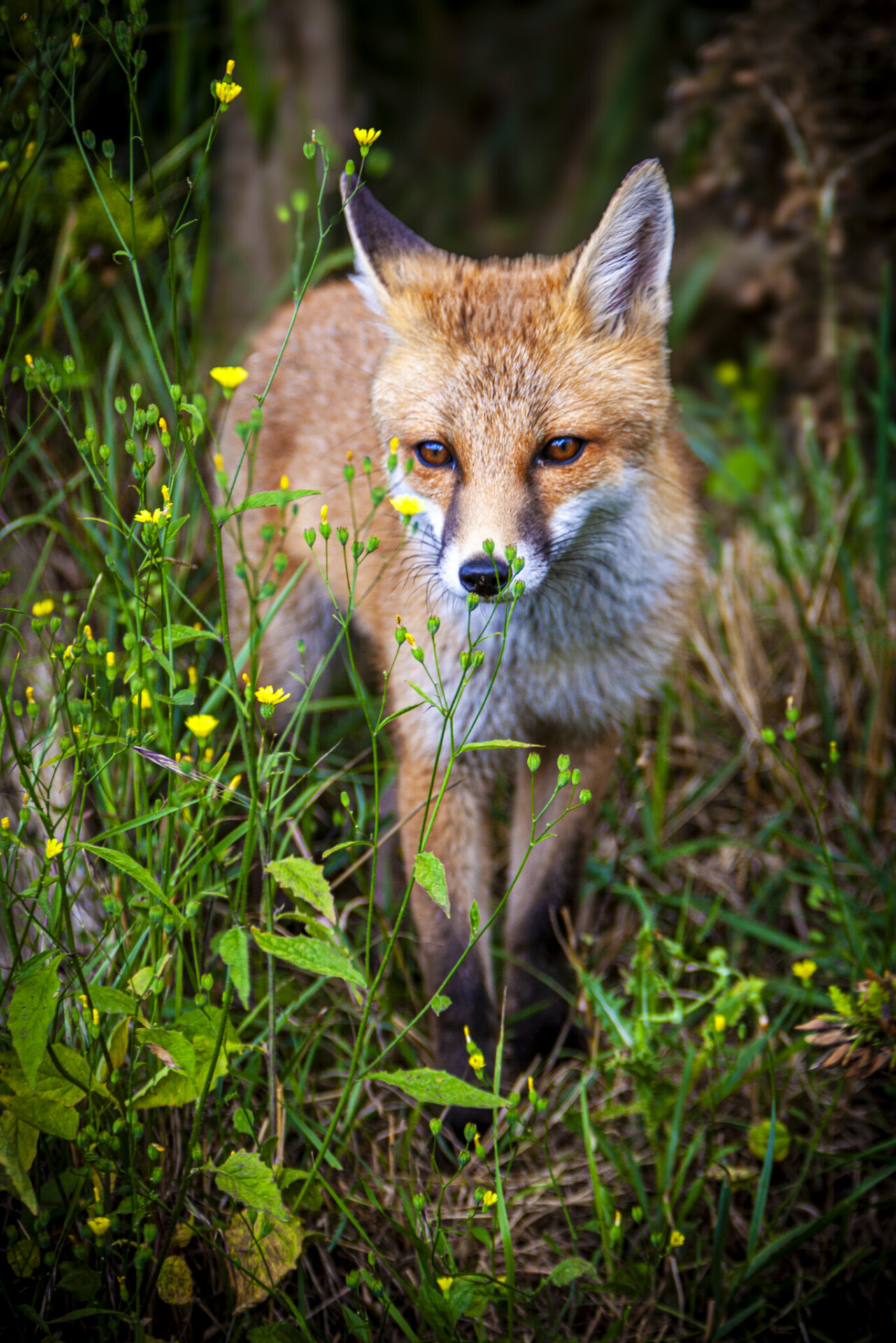
As a Professional Photographer - Its Nice to Do Something Different
When was the last time you ventured into the great outdoors with a camera in hand, not for any commercial purpose, but purely for the thrill of capturing nature’s wonders? If it’s been a while or you’ve never tried it, then it’s time to embark on a journey into the world of wildlife photography just for fun!
Capturing the Wild: An Adventure in Wildlife Photography
When was the last time you ventured into the great outdoors with a camera in hand, not for any commercial purpose, but purely for the thrill of capturing nature’s wonders? If it’s been a while or you’ve never tried it, then it’s time to embark on a journey into the world of wildlife photography just for fun!
Embracing the Wild Side
Wildlife photography for fun is like embarking on a thrilling safari, but without the need for expensive tickets or long-haul flights. Whether you’re in your local park, a nature reserve, or even your backyard, the wilderness is waiting to be discovered through your lens.
The Right Gear
You don’t need to splurge on high-end equipment for this adventure. A decent digital camera or even a smartphone with a good camera will do the trick. Remember to pack a sturdy tripod for stability, especially if you plan to capture creatures that are more elusive.
Patience and Observation
Wildlife doesn’t follow a script, so be prepared to embrace the unexpected. Sit quietly, observe, and let the creatures come to you. Patience is your best friend in this game, and you’ll be amazed at the moments you can capture when you least expect it.
Timing is Everything
The best times for wildlife photography are often during the golden hours of sunrise and sunset. The soft, warm light creates a magical ambiance that can turn an ordinary shot into a masterpiece.
Get Down to Their Level
To truly connect with your subjects, try to get down to their eye level. Whether it’s a squirrel in the trees or a bird on the ground, this perspective can make your photos more captivating and personal.
Capturing the Essence
Wildlife photography isn’t just about snapping pictures; it’s about telling a story. Try to capture the essence of the animal – its behavior, its quirks, and the environment it calls home. These elements can make your photos come alive.
Share Your Adventures
Once you’ve captured your wild adventures, don’t keep them to yourself. Share your photos with friends and family, or post them on social media to inspire others to appreciate the beauty of the natural world.
Conservation Awareness
While you’re out there having fun, remember that wildlife photography can also serve as a means to raise awareness about conservation. Share information about the creatures you photograph and the importance of protecting their habitats.
So, there you have it – a fun-filled adventure into the world of wildlife photography. It’s not about commercial gain or professional perfection; it’s about connecting with nature, capturing its beauty, and creating lasting memories. Grab your camera, step outside, and let the wild inspire you! Remember, the greatest joy comes from the unexpected moments and the pure thrill of being in the presence of these incredible creatures.
Now, get out there and start shooting – for the sheer joy of it!
#AmateurPhotographer #HobbyPhotography #WildlifePhotography
https://www.visualchaosstudios.co.uk/nice-to-do-something-different/
Comments